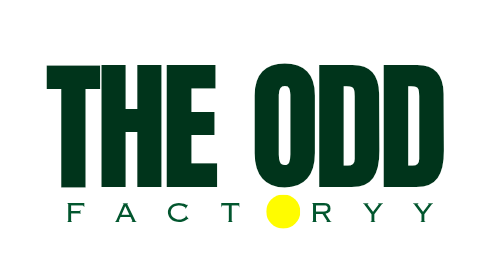Introduction
In today\’s world, digital printing has become the norm, and with that comes a growing demand for high-quality print files. PSD and TIFF files are two types of print files that are widely used in the industry. While both file formats have their own advantages, they offer several benefits when it comes to purchasing them. In this blog, we\’ll take a closer look at the benefits of buying PSD and TIFF print files.
What are PSD Files
First, let\’s start with PSD files. PSD stands for Photoshop Document, and it is a proprietary file format created by Adobe Photoshop. PSD files are widely used in the industry, especially for graphic design work, and they offer several benefits. One of the most significant advantages of PSD files is their ability to retain layers. This means that every element in the design, such as text, shapes, and images, can be edited individually without affecting the other elements. This level of control allows designers to make changes quickly and efficiently, which can save time and money.
Another benefit of PSD files is their high resolution. The resolution of a file determines the quality of the image when printed, and PSD files offer high resolutions of up to 300 DPI (dots per inch). This makes them ideal for printing high-quality designs, such as posters, brochures, and business cards. The high resolution ensures that the final printed product looks crisp and professional.
PSD files also offer a wide range of editing options. Photoshop is a powerful editing software that allows designers to manipulate every aspect of the design, from color correction to adding special effects. This level of control allows designers to create unique and visually stunning designs that stand out from the crowd.
What are Tiff Files
Now, let\’s move on to TIFF files. TIFF stands for Tagged Image File Format, and it is a file format widely used in the industry for print files. Like PSD files, TIFF files offer several benefits that make them an excellent choice for purchasing print files.
One of the most significant advantages of TIFF files is their ability to store high-quality images without losing any data. This means that the images retain their quality even when they are enlarged or manipulated. This is particularly useful when printing large-format designs, such as billboards or banners. The high-quality images ensure that the final product looks sharp and professional.
Another benefit of TIFF files is their compatibility with a wide range of software applications. TIFF files can be opened and edited in most graphic design software, including Adobe Photoshop, Illustrator, and InDesign. This makes them a versatile choice for designers who work with multiple software applications.
Finally, TIFF files offer a high level of color accuracy. This is particularly important in the printing industry, where color accuracy is essential to producing high-quality prints. TIFF files can store up to 16 bits of color information per channel, which ensures that the colors in the final printed product are accurate and vibrant.
Conclusion
In conclusion, PSD and TIFF print files offer a multitude of benefits for designers and businesses in the printing industry. With the ability to retain layers, high resolution, a wide range of editing options, and high-quality images without losing data, these file formats can help businesses and designers create professional and visually stunning printed products. If you\’re looking for high-quality print files, consider purchasing them from The Oddfactory, where you can find a wide selection of PSD and TIFF files that meet your specific needs. With a commitment to quality and customer satisfaction, The Oddfactory can help you achieve your printing goals and create products that stand out.



